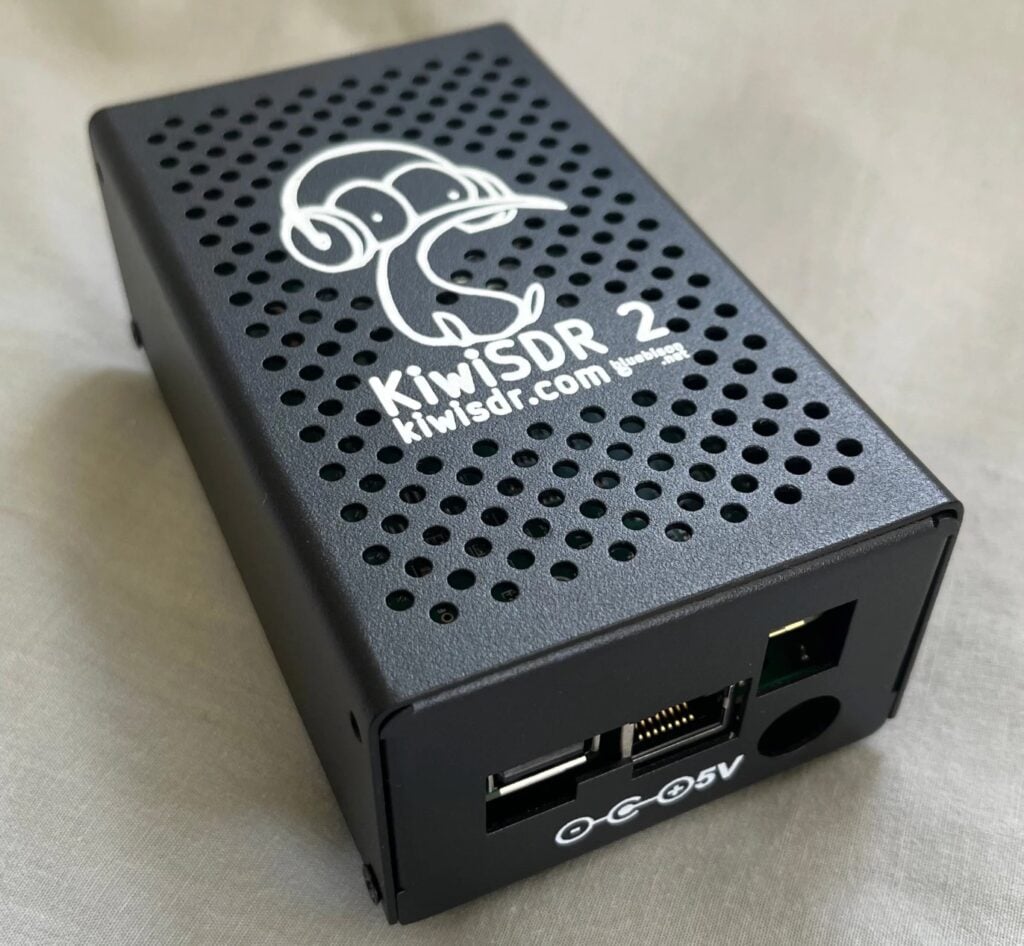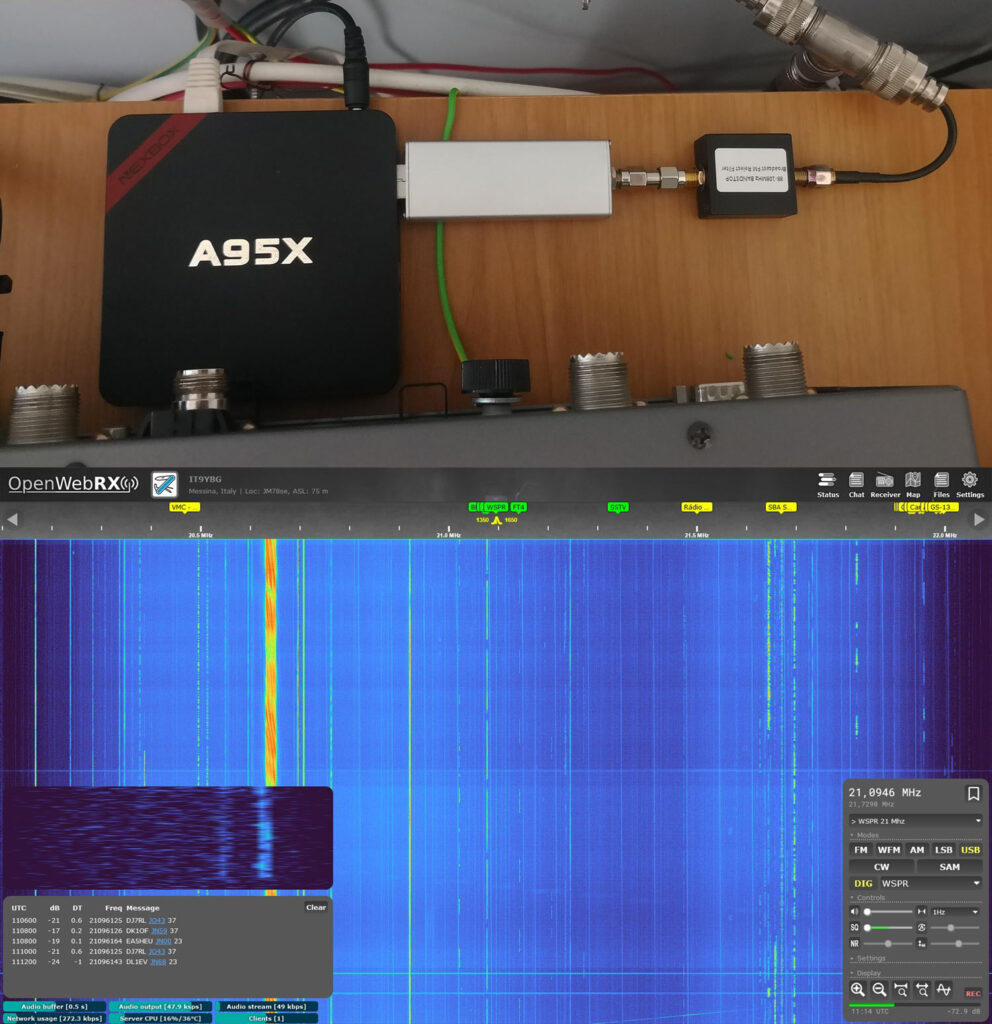Tech Minds: Reviewing the Malahit DSP1 SDR Receiver 50KHz – 2GHz
Over on the Tech Minds YouTube channel, Matt has uploaded a new review and demonstration of a Malahiteam DSP1 SDR Receiver 50KHz - 2GHz. This particular unit appears to be a Chinese clone unit which is actually called a 'Malahit SDR'. The Russian company Malahiteam makes the original units, and they come in a different enclosure and feature the full Malahiteam logo.
In the video Matt shows this version of the Malahit DSP1 in action, noting that the built-in speakers sound great and that RF performance seems to be good. He does however note that the enclosure is a bit cheap, being built out of PCB boards, and that the top encoder knob sometimes doesn't work properly. Overall Matt mentions that he probably wouldn't buy it at the current ~US$180 price point, noting that better newer models like the DSP2 and DSP3 already exist.

